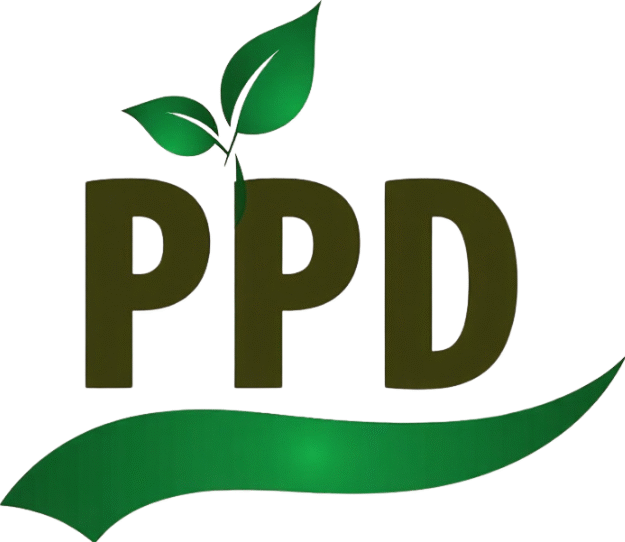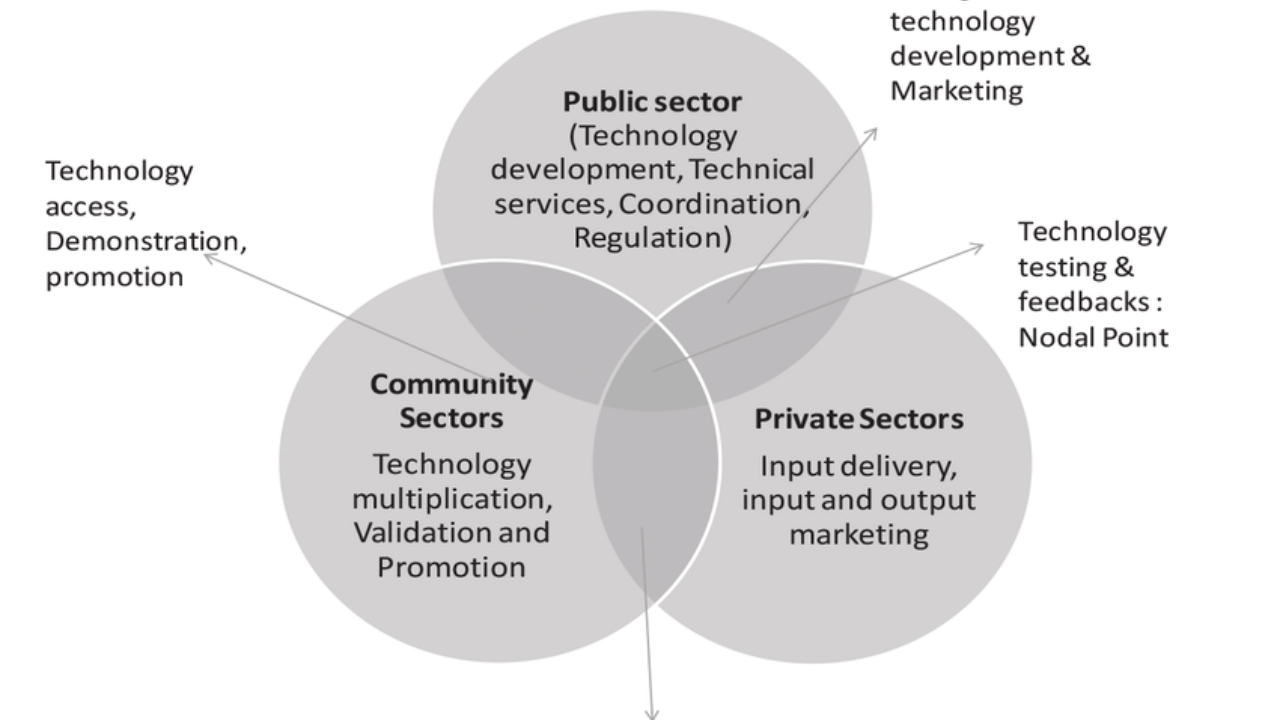
Introduction
In the complex web of agricultural development, collaboration between research and regulatory institutions is vital. In Myanmar, the Plant Protection Division (PPD) and the Department of Agricultural Research (DAR) have emerged as two crucial arms working toward sustainable agriculture and food security. While DAR leads in scientific innovations and research, PPD ensures that findings translate into actionable field-level policies, pest control strategies, and phytosanitary standards.
This article delves into the synergy between these two departments, highlighting how their coordinated efforts strengthen national plant health systems and support farmers on the ground.
Why Coordination Matters
The agriculture sector faces evolving challenges—from emerging pest outbreaks to climate-induced stress on crops. Coordination between research and implementation arms ensures:
- Timely translation of research into pest management strategies
- Evidence-based policymaking
- Acceleration of innovation uptake among farmers
- Efficient response to national and regional plant health emergencies
Together, PPD and DAR form a pipeline from “lab to land”, ensuring that no breakthrough remains stuck on paper.
Key Functions of PPD and DAR
| Department | Mandate | Key Activities |
|---|---|---|
| PPD | Protection of crops from pests and diseases | Pest surveillance, quarantine, phytosanitary control, farmer outreach |
| DAR | Agricultural research and innovation | Crop breeding, pest resistance trials, biocontrol research, IPM development |
Areas of Collaboration
The coordination between PPD and DAR is built on several pillars of cooperation. These areas are designed to create a continuous loop of research, field trials, validation, and application.
1. Joint Pest and Disease Research
DAR conducts studies on crop-pest interactions, bioecology of pests, and control mechanisms. These findings are directly shared with PPD, which tests them in real farming environments through pilot programs.
2. Development and Promotion of IPM
DAR develops Integrated Pest Management (IPM) protocols, incorporating biological, cultural, and mechanical practices. PPD adopts these protocols and scales them up through training programs, farmer field schools, and mobile advisories.
3. Early Warning and Forecasting Systems
Climate data, pest biology, and field observations are compiled by both departments to create pest forecasting models. DAR provides analytical support while PPD operationalizes warnings through its regional offices.
4. Biocontrol Agent Testing and Deployment
DAR conducts laboratory trials on beneficial organisms like parasitoids and predators. Once proven effective, PPD oversees field release and post-release monitoring.
5. Policy Input and Technical Committees
Both agencies nominate members to inter-ministerial committees and task forces related to plant health. Their coordination ensures science-backed policies and national preparedness strategies.
Success Examples of Collaboration
| Initiative | Outcome |
|---|---|
| Joint development of rice IPM package | Adopted in over 300,000 hectares across rice-growing belts |
| Biocontrol trials for fall armyworm | Reduced synthetic pesticide use by 40% in pilot areas |
| Pest surveillance modeling | Enabled advanced alerts for brown planthopper infestations |
| Farmer education on pest dynamics | Led to higher adoption of preventive pest control practices |
| Insect-resistant variety trials | Guided the release of pest-tolerant crops in 3 major regions |
Operational Mechanism for Coordination
To ensure effective collaboration, a structured mechanism exists between the two departments.
| Coordination Element | Description |
|---|---|
| MoU & Strategic Plans | Annual joint action plans based on priority crops and pests |
| Technical Working Groups | Cross-functional teams working on IPM, forecasting, and biocontrol |
| Field Validation Trials | Joint field trials before full-scale implementation |
| Shared Data Platforms | Digital tools and reporting systems accessible to both departments |
| Annual Review Meetings | Evaluations of past activities and setting future goals |
This mechanism ensures continuity, avoids duplication, and promotes mutual accountability.
Challenges Faced
Despite the strong foundation, several obstacles persist:
- Gaps in real-time data exchange between labs and field offices
- Limited funding for collaborative research-extension projects
- Capacity mismatches, with DAR focusing on research and PPD needing more scientific interpretation
- Insufficient infrastructure in remote regions for pilot testing
Addressing these issues through integrated project planning and joint capacity-building programs will further strengthen the partnership.
Future Opportunities for Enhanced Collaboration
- Digital Integration: Use of shared GIS-based pest surveillance platforms
- Farmer-Scientist Interface: More farmer participatory research trials
- Climate-Smart Practices: Joint development of pest management aligned with changing climate scenarios
- Mobile Diagnostics: DAR-developed tools deployed by PPD in the field
- Cross-border Knowledge Exchange: Regional cooperation involving both departments in ASEAN-level programs
Overview Table
| Component | Plant Protection Division (PPD) | Department of Agricultural Research (DAR) |
|---|---|---|
| Main Role | Pest monitoring & phytosanitary enforcement | Scientific research & innovation |
| IPM Role | Field implementation & training | Protocol development & lab trials |
| Biocontrol Role | Field release & post-monitoring | Identification & efficacy testing |
| Data Role | Pest incidence reporting | Pest biology & forecasting modeling |
| Farmer Link | Extension & advisory | Research validation through participatory trials |
| Joint Output | Integrated pest solutions, policy support, early warning systems |
Top 3 FAQs
Q1: How do PPD and DAR work together in managing pest outbreaks?
A1: DAR provides scientific insights while PPD carries out field-level implementation and rapid response.
Q2: What is the role of DAR in IPM programs led by PPD?
A2: DAR designs IPM protocols which PPD adopts and delivers to farmers through training and field demonstrations.
Q3: Do PPD and DAR jointly contribute to policy decisions?
A3: Yes, they provide technical inputs to national committees for evidence-based plant health policymaking.

